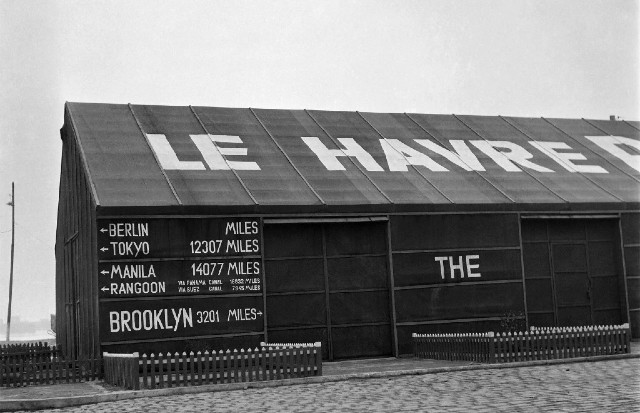What does it mean?
Imagine you’re smearing a nice, thick layer of butter on top of a toast. Then on top of the butter goes a large, fatty piece of bacon.
This is smør på flesk, in its most literal sense.
Smør means butter, and flesk is an old way of saying bacon.
The closest English translation would potentially be ‘gilding the lily’, improving something that is already beautiful.
That's not a great translation, however, as smør på flesk can refer to anything, beautiful or not, good or bad. Mostly smør på flesk implies that something is ‘too much’ (of course some might disagree that buttering your bacon-toast qualifies an act of too much-ness).
So how do I use it?
Smør på flesk is often used to say that someone is being 'over the top’, and can also be used to describe a written sentence.
For example, If I write that ‘the cavalry soldiers came on horseback’, then you can definitely say that my sentence is smør på flesk: it's stating the obvious a little.
‘I wanted to see it with my own eyes’ is another example. You couldn’t see it with anyone else’s eyes, could you? I certainly hope not. Smør på flesk!
In Norway, there is a beautiful island just next to Oslo called Nesoddtangen. You could say that the island's name is smør på flesk, given that nes, odd and tangen all mean the same thing: 'thin promontory jutting out into the sea'.
Avoid using it like this
If you’ve lived in Norway for a while, you’re probably familiar with the juleribbe, a pork-based traditional Christmas dish that takes hours to prepare. It's a big deal in Norway and a source of Christmas Eve tears if, after careful preparation, the crackling doesn’t turn out crispy enough.
Well, if you’ve tasted the ribbe, you might agree that as a culinary experience it is definitely smør på flesk. There’s just so much fat! Layers of it, causing a painful post-ribbe stomach ache if you go a bit overboard with your helpings.
Point is, even though the ribbe is undoubtedly smør på flesk, don’t say it is. Just drink your glass of akevitt, aquavit, politely. It's supposed to help burn some of the fat off.




 Please whitelist us to continue reading.
Please whitelist us to continue reading.
Member comments